With the release of Star Wars: Bloodline by Claudia Gray, I thought it would be a great idea to not review it – because truly that would be the hottest of hot takes, right? Instead I’d like to go back to where it all began with her debut Star Wars young adult novel, Lost Stars. Before I begin I’d like to direct your attention to Nathan Butler’s review, which you can read alongside this, instead of this, leave it entirely or sail away into the sunset on your luxurious boat. I imagine you have a boat for some reason.
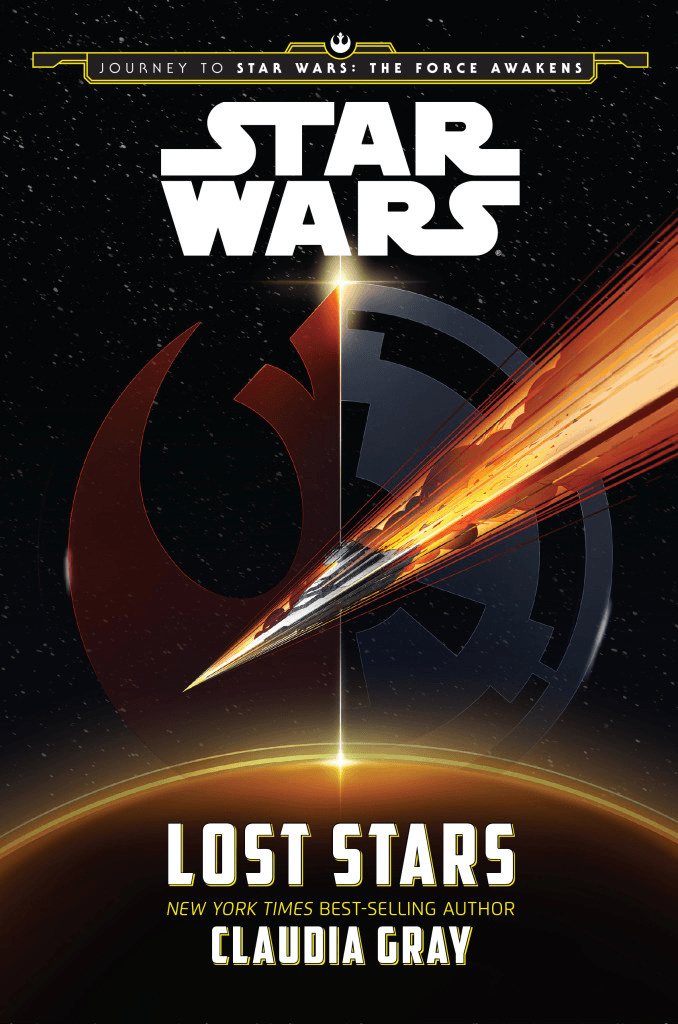
As is my wont, let’s briefly discuss the cover: it is pretty. Carry on.
Okay I should probably say more: I love the composition, it’s stylistically simple (my preferred design) and yet it contains an explosion of colour that I find quite appealing, and the almost comic-book effect of the dying Star Destroyer is a daring but appreciated touch. Also you’ll notice that the artist has given a subtle nod to JJ Abrams by providing not one but two muted lens flares. Truly we live in the renaissance of book cover art.
But – on to the book proper. MILD SPOILERS from here on out.
As M’colleague Nathan Butler notes, Lost Stars is somewhat known as the Romeo and Juliet of Star Wars.
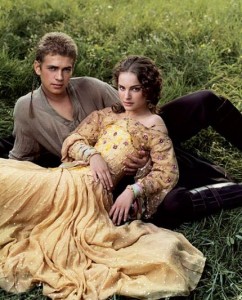
Putting aside the problems with painting every romance as Romeo and Juliet, yes, this is a romance. This feels like a dirty thing to say, though it shouldn’t be. Perhaps it’s the success of the Rom-Com movie genre, but for many people ‘romance’ conjures up negative connotations. If this is so, if your standard is derived from a distaste of Rom-Coms (I mostly empathise) then let me assure you right now that it’s one of the better romances out there.
The story follows two characters from childhood and into adulthood, through the Imperial academy and throughout the Imperial civil war – where the two characters, Thane Kyrell and Ciena Ree, fight on opposite sides – and just briefly beyond. Throughout this entire story they maintain a deep and enduring friendship which, of course, blossoms into romance. So what makes that romance so good? For my money it was the fact that they both shared a deep passion about a subject – flying – that drew them together, and that they both shared a deep compassion for events and the people of the galaxy. But more than that, they had their differences of opinions – and still managed to maintain that relationship. As I said, one leaves the Empire to fight for the Rebellion, and one stays – this is the main difference, but not the only one. Ciena is, I suppose, a bit of a bogan, a backwards country girl, whereas Thane is the city boy. Though raised on the same planet, they’re from two entirely different communities, which affects their outlook and their actions and it is this that determines their paths later on in life. Because of this foundation, it makes their decisions all the more believable.
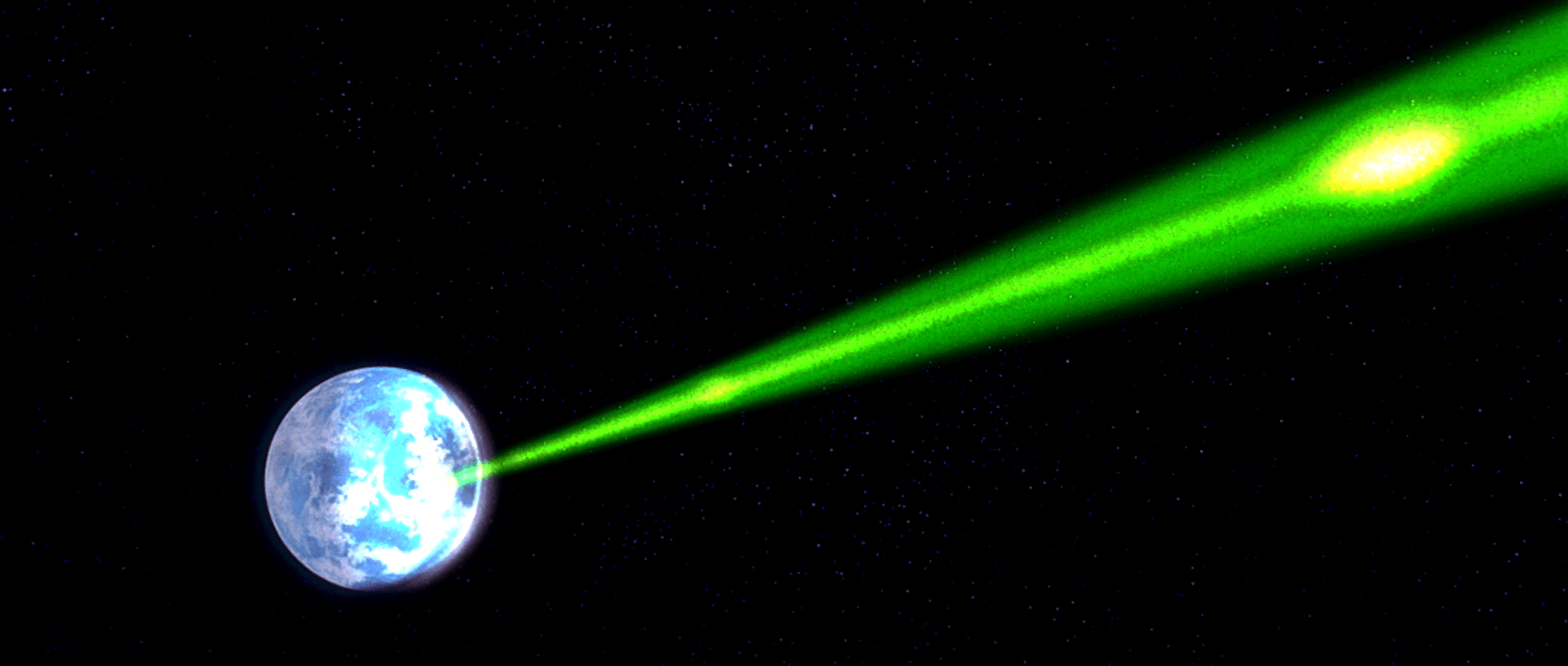
There are of course issues with being on different sides, and it’s not exactly smooth sailing, but for the most part they handle their relationship in a mature and clear headed way that is so very refreshing. This has to be one of the few moments when I’m cheering the lack of drama in a story!
Earlier I mentioned that this is known as the Story With The Romance (working title). This is not entirely the case: it is also the one known as The Story That Takes Place With The Story From The Films Happening In The Background and it’s at this point that we all collectively realise that I’m we’re not very good at naming things. To clarify the point of that explanatory-to-a-fault title, the story of Lost Stars takes place during the Imperial civil war, otherwise known as Episodes IV-VI. Like many in-the-gaps stories, Lost Stars features several characters and scenes from the films – the inclusion of which is often difficult to pull off well. And yet Gray ably succeeds and manages to deliver these old scenes with fresh eyes and new perspectives. So how does she tackle them exactly? Let’s look at the battle of Hoth, and in particular, Dak Ralter – AKA Luke’s co-pilot in the snowspeeder.
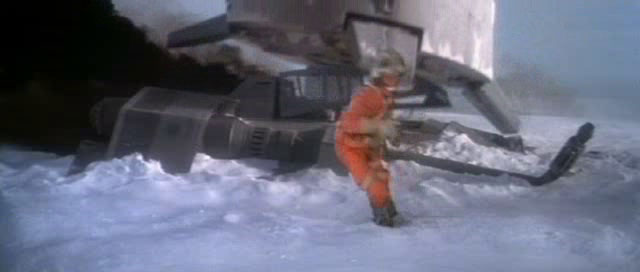
In the book there is a little scene between Thane and Dak where nothing of real importance is discussed or happens, but it does provide greater depth to a character who started off with little depth and ends up lacking all depth entirely (see above pic). As for the battle itself, there is an explanation to provide the larger scale context of the war, and Gray does a good job of describing the battle, but for the most part it focuses on Thane and his internal conflict, what this battle means to him and his fears of having to battle Ciena.
And this is something that happens at almost every instance: Gray uses the events of the films as a backdrop rather than the driving force of the plot. She does this by explaining exactly what’s going on – and does so not just out of due diligence, out of the need to be a good writer, but because it enhances her own story – and though she does acknowledge the importance of these events, she doesn’t let it overwhelm her own story. By using the story that we all know so well*, that acts as a sort of crutch, or comfort (without being too didactic about it) and allows both herself as the writer and us as the reader to explore these new characters and these new just-out-of-shot worlds.
*Hopefully; otherwise what are we doing on a Star Wars fansite?
Which brings me to my next point: these two characters are incredibly skilled pilots, operating in extraordinary times – times that are thought so even to the inhabitants of a galaxy that has the Force, Gray still manages to keep the story and characters … normal. Grounded. There’s a mundanity to it all. Trust me, I mean that as a compliment.
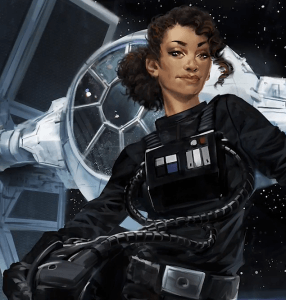
By this I mean that, even though this is all taking place in the middle of a galaxy spanning war, Gray keeps everything small scale, and as such it feels much more personal. Our main characters aren’t going to win the war single-handedly, they just want to survive it and live their own lives. They’re us, really. So when one is in peril, or when someone close to them dies, or when their Alderaanian friend stays loyal to the Empire even after the destruction of his home planet (yeah, this may be a young adult novel but it tackles some pretty hefty subjects with admirable adeptness), those actions hit home with far more impact than they normally would. And because of it, these characters – for me at least – stuck with me long after I put the book down. Seriously, it’s been months since I’ve read it and I’m writing this!
Before I leave you, I want to bring up something else: the writing itself. There’s a distinct charm to the narration that makes the reading a pleasure in itself. The narrative voice is easy going (in the good way), warm and full of character; it feels like a friend is telling you their story, rather than someone recounting a story. And because of that I’m utterly delighted that Gray got to add a second story to the Star Wars Saga, and hopefully there’ll be many more to come.
Author: Michael Dare
Michael Dare is a writer, lives in the UK, and has been slowly coming to terms with the realization that he is not Sherlock, but Watson. He loves Star Wars, dislikes blue milk. Enjoys jumping sharks. Survives on the tears of sexist men, and cheeseburgers.
